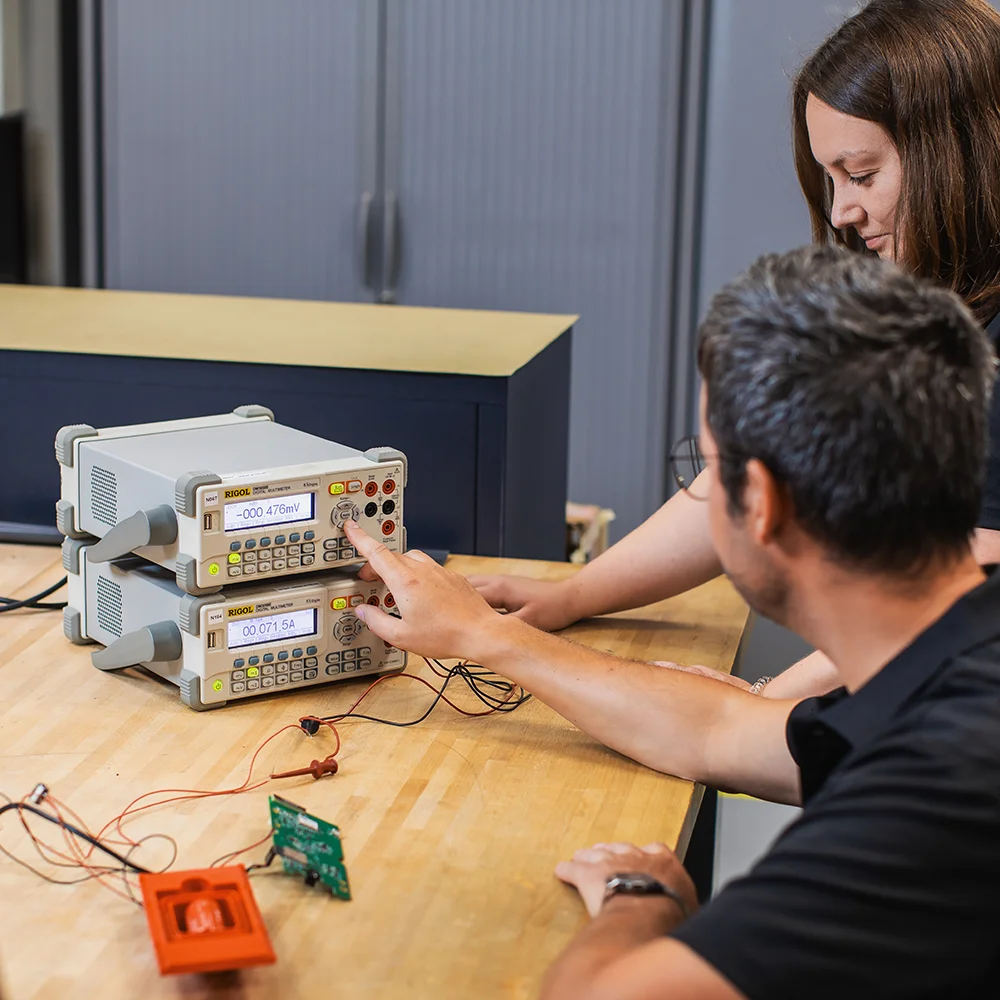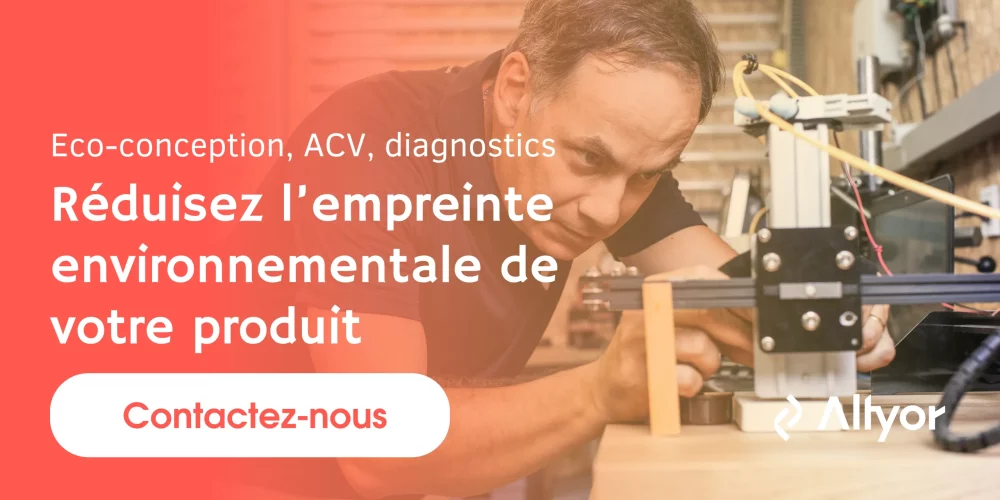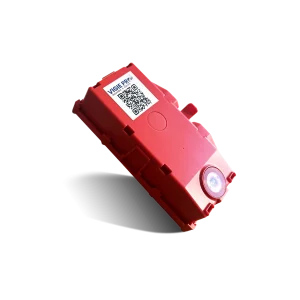Designing and manufacturing today for tomorrow’s added value
Our sustainable development unit
Altyor a développé une cellule en interne, experte du développement durable et de l’éco-conception : Design for Tomorrow. Cette unité crée et déploie des outils et des solutions pour améliorer chaque étape clé de votre projet, dans l’unique objectif est de réduire l’empreinte environnementale de votre produit.



Eco-design at the heart of our approach
Nos experts-ingénieurs sont forces de propositions et éco-conçoivent les produits de nos clients pour réduire leur empreinte carbone et imaginer leur fin de vie. Chaque produit conçu au sein de nos bureaux d’études électronique et mécanique doit répondre à une checklist de bonnes pratiques pour créer un produit durable et sobre.
There are 4 main levers in product eco-design:
Expert in life cycle assessment
Altyor éco-conçoit des produits pour ses clients grâce à ses deux bureaux d’études mécanique et électronique. Tout au long de la conception, l’éco-responsabilité du produit est évaluée pour assurer une empreinte environnementale réduite du produit.
L’analyse de cycle de vie est le diagnostic environnemental du produit dans son ensemble en fonction d’indicateurs environnementaux. Chez Altyor, cette analyse est réalisée en interne par nos équipes ingénieurs développement durable, dans le cadre d’un développement produit ou d’un Diag Ecoconception.
Pour aller plus loin, Altyor a créé son indice Designing for Tomorrow pour évaluer l’évolution de l’excellence éco-responsable des produits grâce à l’analyse de 4 grandes familles dont l’électronique, la mécanique et le packaging.

Get a quote tailored to your project!

The circular economy, an effective key
The circular economy encompasses all initiatives aimed at minimizing the consumption of material goods and resources. At Altyor, we are committed to this approach by developing products designed to be repaired and by creating a remanufacturing unit in France, enabling these end-of-life products to start a new life.
Quel en est l’impact ? Cela se traduit par une réduction de 70% de l’empreinte environnemental pour un objet électronique comparé à la production d’un produit neuf.
The eco design Diag
Le Diag Econconception, opéré par Bpifrance et l’ADEME, est une évaluation mesurée de l’impact environnemental de votre produit, réalisée sous deux scopes : son analyse de cycle de vie et son appréciation via l’Indice d’éco-conception Designing for Tomorrow. La combinaison de ces deux calculs permet à Altyor d’avoir une vue globale des points faibles et surtout de mettre en exergue les axes d’améliorations possibles.
La mission va plus le loin que ce simple constat. En effet, nos équipes d’ingénieurs-experts proposent des actions concrètes telles que l’intégration de matière recyclée, l’optimisation des consommations, ou encore la mise en place de techniques mécaniques pour une durabilité produit. Chaque solution proposée diffère selon les résultats des études précédentes.
Ces actions seront évaluées (avant même leur mise en place) par une seconde analyse de cycle de vie et par une seconde notation Indice Designing for Tomorrow. L’objectif étant pour vous de comprendre l’empreinte environnementale de votre produit et de prendre des décisions impactantes en connaissance de cause.

How can you successfully eco-design your electronic product?
Eco-design brings together all the levers for reducing a product’s environmental footprint, whether in terms of power consumption, durability, packaging or other factors. In this guide, our experts have put together 15 key points to show you the actions you can take to act effectively.
Our programs to suit your needs
UnLock program
Need help defining the specifications for your connected product?
LaunchPad program
Do you need to design and produce
functional prototypes?
ScaleUp program
Do you need to design and manufacture
your connected object?
Infinity program
Want to give your product a second life
your product through a circular economy loop?





